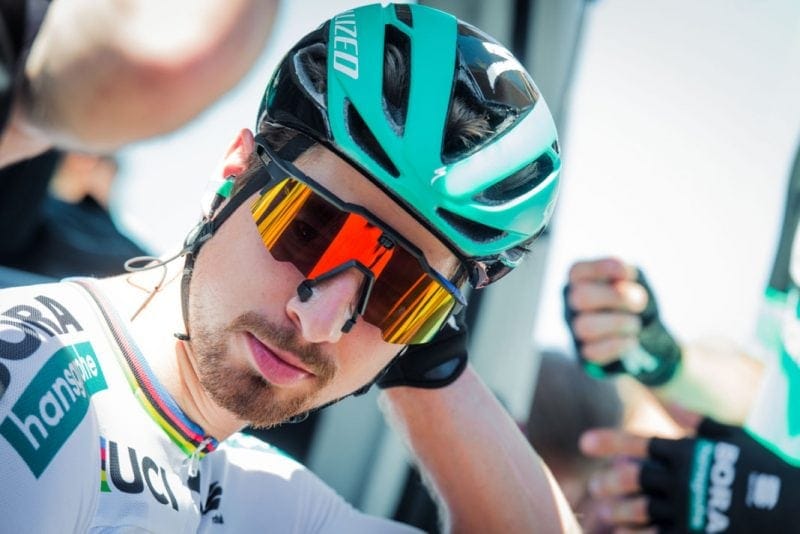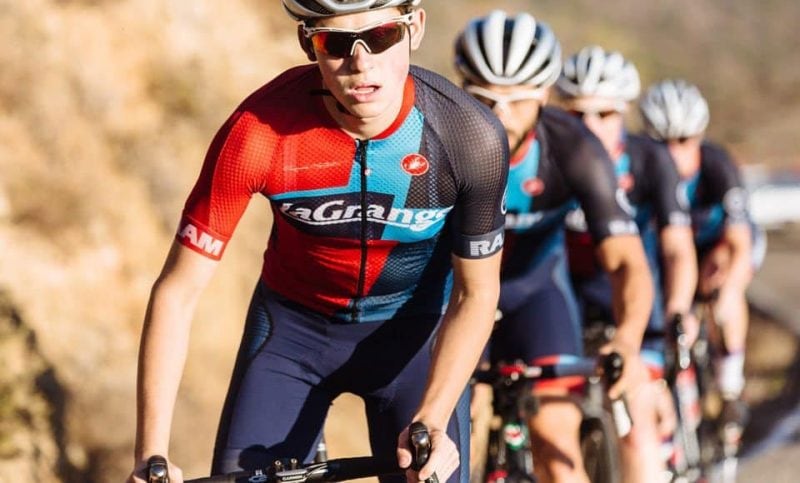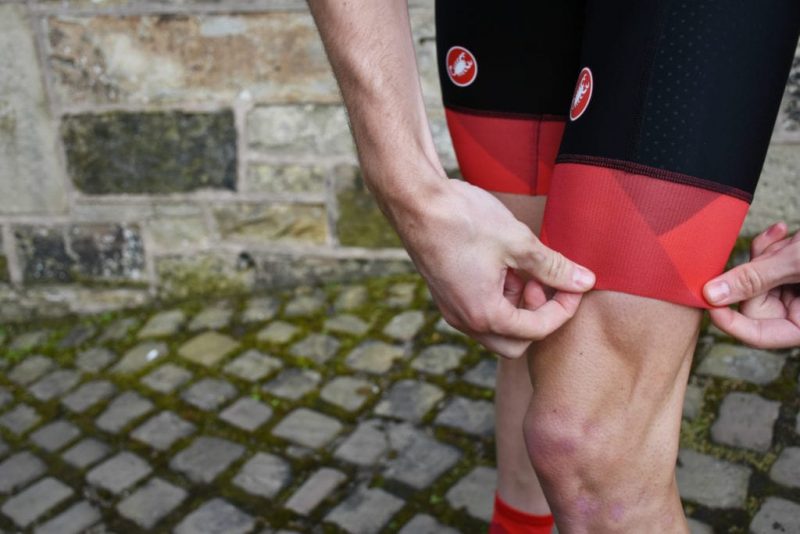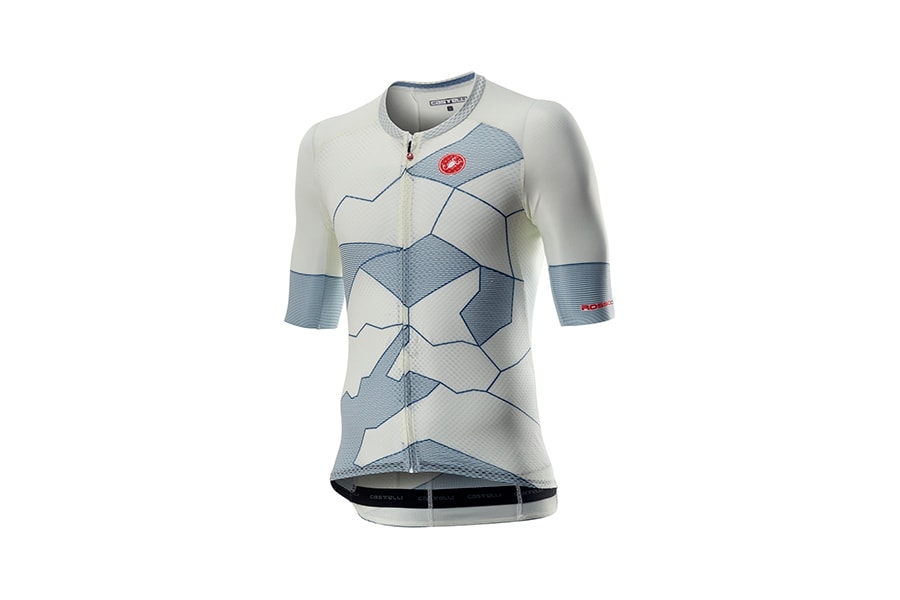8 Tips for Riding in Hot Weather in the Summer
Some of your best rides can be under the hot summer sun, but if you’re not prepared, you could be in serious trouble.
Have you ever found yourself feeling too hot, uncomfortable or even disoriented after a bike ride on a hot summer day?
Hot weather zaps energy and fluids from your body, making bike rides difficult and potentially puts your health and wellbeing at risk. But if you’re adequately prepared for the weather, you can get in a great workout and feel even more accomplished afterwards.
Follow these tips to get the most out of your summer workouts.
On This Page
Acclimate First
Much like going on a ride outside in the cold when you live in a hot climate, the same holds true when coming to a hot climate from the cold. You may think it’s going to be significantly better because you don’t need to worry about layering clothes and bringing winter hats and gloves with you.
But in reality, it’s critical to acclimate to the hot weather first, especially if you’re biking in a humid climate.
Before hopping on the bike for a 15-miler, go out for a walk to feel the heat and get your body used to it. Even sitting outside for 15 to 20 minutes can make a huge difference in your body getting used to the heat.
While you may be itching to get that long ride in, we recommend taking it a little easier on your first ride or two in super hot weather in order to acclimate to the temperature.
At the end, you’ll have a better idea if you did other preparation items, like staying extra hydrated and wearing the right apparel.
Start Earlier
One of the easier ways to make those hot rides more bearable is to beat the heat.
Wake up early and start your ride as the sun is just starting to rise when temperatures could be 15 to 20 degrees cooler than the forecasted high for that day.
You never want to start your bike ride around noon on a hot day because that’s when the sun and temperature tend to be at their peak levels for the day.
Now, if you’re not a morning person, even going out around 8am could be significantly more enjoyable and safe than riding in the afternoon.
Avoiding the hottest part of the day is just one of the benefits of exercising on your bike in the morning. Exercising in the morning helps you avoid distractions throughout the rest of your day, boosts your metabolism, and helps you sleep better at night.
Take it Easy
We all want to kill it on every ride, but sometimes it’s best to take a backseat to Mother Nature and simply take it easy if it’s too hot.
As you would expect, riding hard, in general, brings your core body temperature higher. Add in 90-degree weather and humidity, and expect your body temperature to rise even higher.
Sometimes, it’s OK to take it easy.
This doesn’t mean you have to cancel your ride altogether, but maybe you’ll cut it short by a few miles or will leave out some hills.
Here’s an even better idea. Plan a route to a nice body of water so you can cool off at the end!
Keep Hydrating
When the weather is hot, drinking enough water is absolutely critical.
For all people, cyclists and non-cyclists, medical experts recommend men drink 15.5 cups (3.7 liters) of water each day; women should drink 11.5 cups (2.7 liters).
Remember, this is just the baseline and doesn’t include factors about the weather you’re riding in.
If you do any exercise at all, even if it’s a 10-minute rowing workout, you need to drink additional water to stay adequately hydrated.
This is more than a safety concern. Staying hydrated comes with other athletic benefits :
- Muscle function improves because they’re well hydrated.
- Blood pressure is better maintained.
- Overall circulation is improved.
If you don’t drink a lot of water, it can be difficult at first to get used to that 3.7 liters (or 2.7 liters mark for women) goal.
Start by drinking a glass of water when you first wake up in the morning. This will slowly prepare your body for your day’s water consumption.
Use Sunscreen
Wearing sunscreen on sunny days, in general, is great health and wellness practice.
As you know, sunscreen prevents you from getting a burn on your face, arms, and legs, which can be painful. But it can also…
- Decrease your risk of developing skin cancer.
- Keep you looking young by preventing wrinkles.
- Avoid broken blood vessels because UV rays can damage the skin’s blood vessel walls.
Getting a sunburn also zaps energy from your body. By spending a couple of extra minutes to coat a layer of UV-protecting sunscreen on all parts of your body that are exposed to the sun, you can avoid burns, but also feel more energized to keep riding.
Read More : How to Prevent Getting A Sunburn While Cycling
Dress for the Occasion
When it comes to wearing the right apparel for cycling in hot weather, always look for helmets, jerseys, and other gear that’s:
- Ventilated. Giving your body the opportunity to breathe and let any cool air in is critical. You also need ventilation so your sweat can properly evaporate.
- Protects against the sun. Yes, you’ll be wearing sunscreen, but it’s also a good idea to buy jerseys and riding shorts that are UV-protected. Many experienced riders who tackle workouts in the heat understand it’s important to wear a long sleeve, but a lightweight shirt that at last features UPF 40 protection.
For really sunny days, you may want to consider purchasing a lightweight beanie cap that features a neck shade.
Most people forget about head protection because they’re wearing a helmet. They forget, though, that their helmet has slits on top to let your head breathe better which, in return, gives the sun an opportunity to burn you.
You can buy a thin beanie that’s light enough to go under the helmet. Beanies with neck protection drape down over your neck so you don’t have to worry about getting a burn there.
Read More : A Beginner’s Guide to Cycling Clothing
Stay in the Shade as Much as Possible
Pick routes that allow you to stay in shadier places. That might mean giving up a longer ride on the open road in favor of a more technical trail in a forest on your mountain bike because the trees will provide nice shade and an occasional breeze.
When you’re taking water breaks, find a shady spot to rest and stretch out.
Remember, your body is constantly trying to regulate its core temperature to 96.8ºF (36C). The more you’re in direct sunlight, the harder your body has to work, causing you to lose energy and become tired.
Hang out in high temperatures for too long, and your body can start early signs of heat exhaustion, which leave you disoriented or cause you to pass out.
Keep Hydrating Post-Ride
You obviously know about hydrating before and during your rides, but just because your cycling work is done for the day doesn’t mean you have permission to stop hydrating.
Here are some general rules of thumb :
- Drink 7 to 10 ounces of water every 10 to 20 minutes during your bike ride.
- Immediately after your bike workout, consume 8 ounces of water.
- If you exercise at a high intensity for more than 90 minutes, men need to drink about 54 ounces of water; women need to drink 51 ounces.
Some cyclists like drinking a sports drink after their ride, which is totally fine. But it shouldn’t be a 100% substitute for drinking water. Make sure to drink at least 8 ounces of water within 30 minutes of the end of your ride.
Author Recommended Reads




